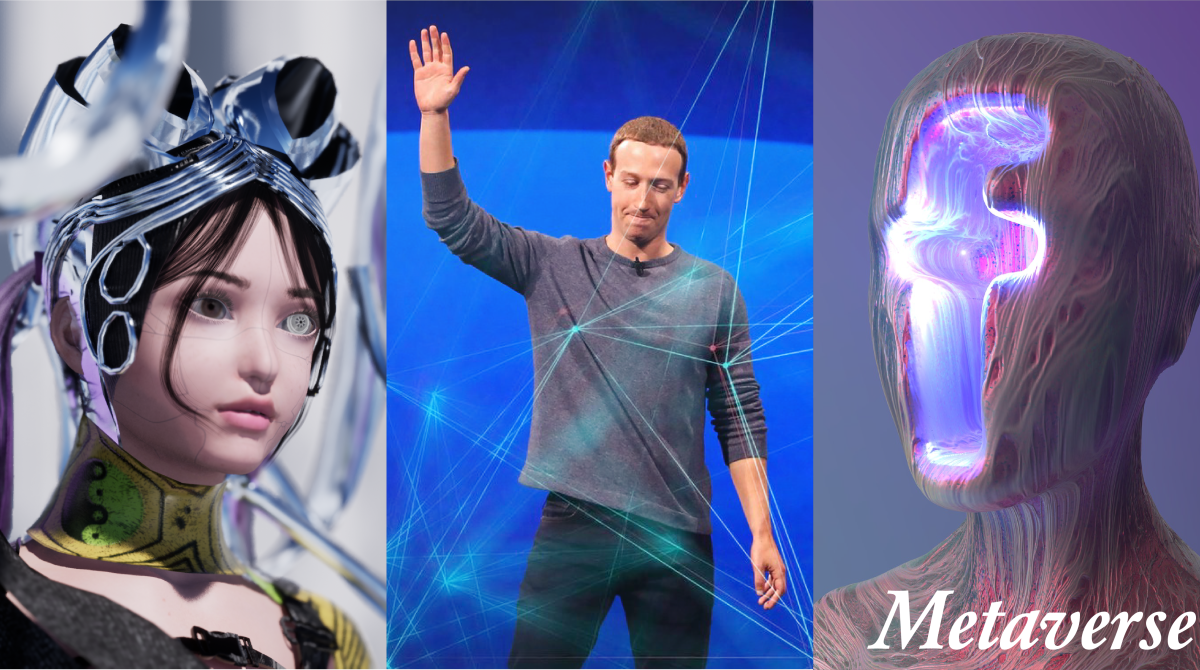TLDR:
🟢 Spotify is a sleeping web 3.0 giant
🟢 Technologists at the company are exploring the potential of NFTs
🟢 The platform is best placed to create a decentralised music industry
Last month Spotify’s shuffle feature disappeared from its album pages. The reason? Adele asked for it to be removed. Album tracks shouldn’t play in a random order, the singer reasoned. It seems the world’s biggest audio streamer agreed, although its public response suggests a certain magnanimity: “Anything for you” it wrote on Twitter.
Adele isn’t the only artist who owes Spotify a favour. The Swedish start-up fixed the music industry in the late 2000s. It knocked peer-to-peer sites like LimeWire and The Pirate Bay into obscurity and helped musicians get paid. Now in its fifteenth year, the popular theory is that Spotify will become the audio equivalent of Instagram or TikTok, with an emphasis on creators, tailored content and social approaches. But this prediction falls short (way short) in describing Spotify’s true potential.
Replacing the big three?
Nine years after founding the company, Spotify co-founder Daniel Ek reportedly announced that it would pivot from a strategy that prioritised users (or rather, listeners), to one that was about creators. In recent years, the platform has rolled out feature-after-feature that makes the creator experience better. Spotify is about to be the best way to promote, distribute and profit from sound – whether you’re an editor running a playlist or an emerging rapper. This means that in about five years, there’s every chance emerging artists will no longer be on the hunt for a recording contract or publishing deal from the likes of Sony BMG, Universal or Warner. Musicians’ focus will be sovereignty, support and Spotify – nothing else. But given how much these legacy giants have invested in the audio streamer, that might not be such a bad outcome.
Enhancing industry
The music and technology industries have always been closely intertwined, but now this interdependency is reaching new levels. Consider how music start-ups are borrowing commercial nous from Silicon Valley. Q&A is one such company, launched in 2019, its mission is to empower artists using the full creative and operational potential of digital. That means tools that help record labels test songs in beta, manage artists and distribute music better. A recent off-shoot Venice For Labels tracks payments and royalties across different artists, providing a full suite of services for music industry professionals.

Decentralised creators
Crypto music start-ups are waiting in the wings. Web 3.0 and specifically the blockchain is emerging as a means of removing intermediaries (that is, middlemen who eat up profits flowing between listeners and artists) creating trust from anonymity and enabling creatives to profit from their work. Audius is the most coherent example of a crypto audio platform. As of this year, it has 7m users, attracting endorsements from figures such as Deadmau5 and Katy Perry. The platform has a crypto wallet that enables users to store and trade NFTs like digital art, images and sounds. In this niche, Spotify could become a fast follower, using its network and clout to build a clone version of Audius – in the same way, that the streaming giant has incorporated features inspired by TikTok and used them to its advantage.
Recreating Scarcity
In the last fifteen years, Spotify has been about profusion – more tracks than any single person could listen to in a lifetime, all for a single monthly subscription fee. But the future of the music industry will be about scarcity too. The platform’s head of R&D Gustav Söderström, while being interviewed on the podcast Means of Creation, talked effusively about the potential of using NFTs to create one-off, collectible items. If Spotify followed this route, audio and visual NFTs could become the next vinyl. Think rare and one-off digital assets sold directly between artists and users.
Community > Brand
As part of Spotify’s creative strategy for social next year, they could start by doubling down on the human aspect of their brand. TikTok has pioneered the new wave of creator-led content and Spotify can follow suit. We’d love to see more content made by creators, for other creators and their listeners. Less content from the brand itself, and more from the community.
Once again, Spotify has ended the year strongly with its updated Wrapped campaign, which either celebrates or playfully mocks the music you’ve played in the last twelve months. You might be able to hide your bad music taste from your friends – but Spotify knows.
Looking for smart ways to leverage Spotify in your marketing or comms? OK COOL’s team of Web2.0 and 3.0 strategists and creatives can help.


